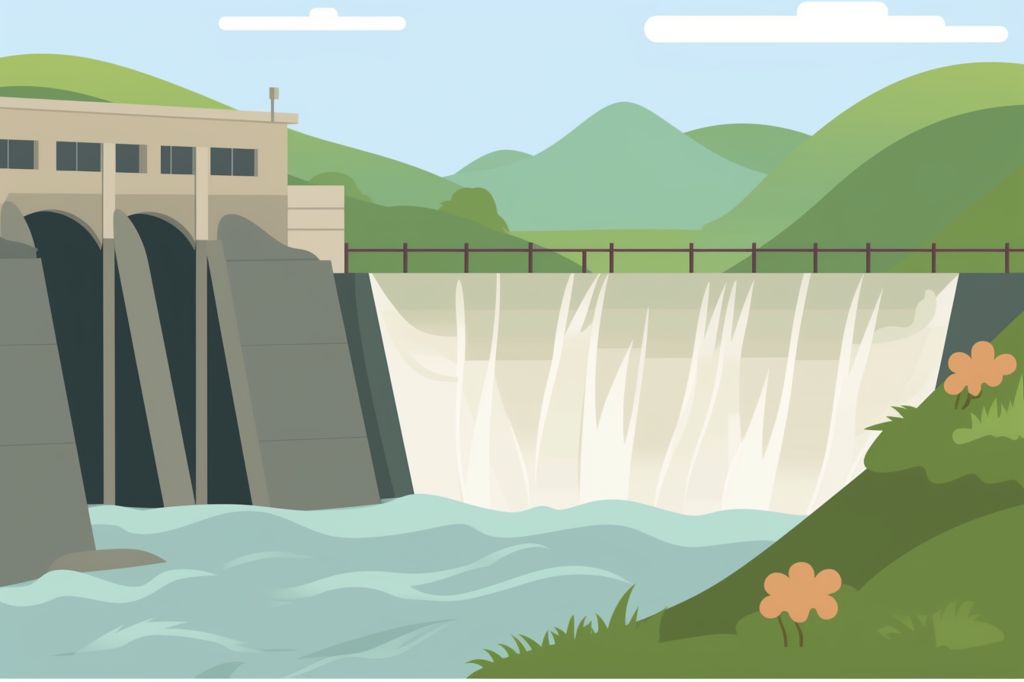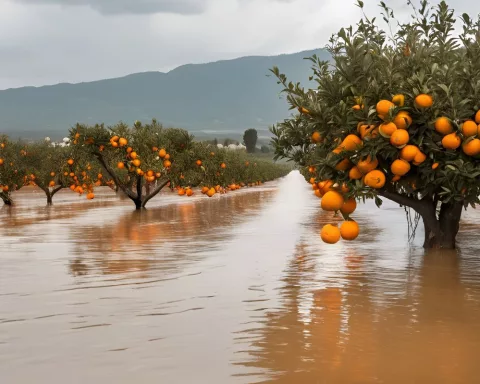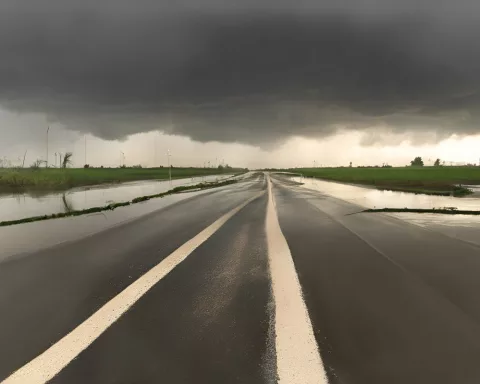The Department of Water and Sanitation (DWS) is optimistic about the Western Cape’s dam storage levels following significant increases due to last week’s persistent rainfall. The hydrological report from June 5th shows a combined average of Western Cape dams at 59.93%, up from 56.95% last week.
Noteworthy Improvements in Dam Storage Levels
The Western Cape Water Supply System (WCWSS) currently stands at 69.52%, a substantial increase from last week’s 63.44%. The Berg River Catchment has also seen an impressive rise, reaching 76.97% compared to the previous figure of 69.74%.
Increase in Individual Dam Levels
The Theewaterskloof Dam, which supplies 45% of the WCWSS Dams, is at a level of 63.80%, nearing the 66.79% recorded last year. Other dams, such as Wemmershoek, Misverstand, Eikenhof, Bulshoek, Steyttyenskloof, Steenbras Lower, and Roodefontein, have all experienced increases of over 5% this week. No decline of 5% was reported in any Western Cape dams during this period.
Caution Against Complacency
While some dam levels have surpassed their previous year’s levels, Wisane Mavasa, the DWS National spokesperson, warns against complacency. Considerable rainfall is still required to fill certain dams. As the Western Cape enters its winter rainfall season, the Department remains hopeful that predicted precipitation and cut-off lows will contribute to a continued increase in dam levels.
Positive Impact on Groundwater Levels
Mavasa also emphasized the positive impact of downpours on groundwater levels, which supply drinking water, sanitation, and food in certain areas. “We can only presume that the downpours also recharged dam levels, as groundwater’s impact can be seen everywhere despite its invisibility,” Mavasa said.
Responsible Water Usage
The DWS urges all citizens to actively avoid using products that contaminate or degrade the quality of soil and water beneath it and to use groundwater efficiently.
With the Western Cape experiencing a notable increase in dam level storage, it is crucial that both residents and organizations continue to use water resources responsibly. This progress presents a positive step forward in safeguarding water and sanitation services for the entire region. The Department of Water and Sanitation remains committed to monitoring the situation and sharing updates on water and sanitation developments in the Western Cape.












